
Understanding the Rule of Thirds
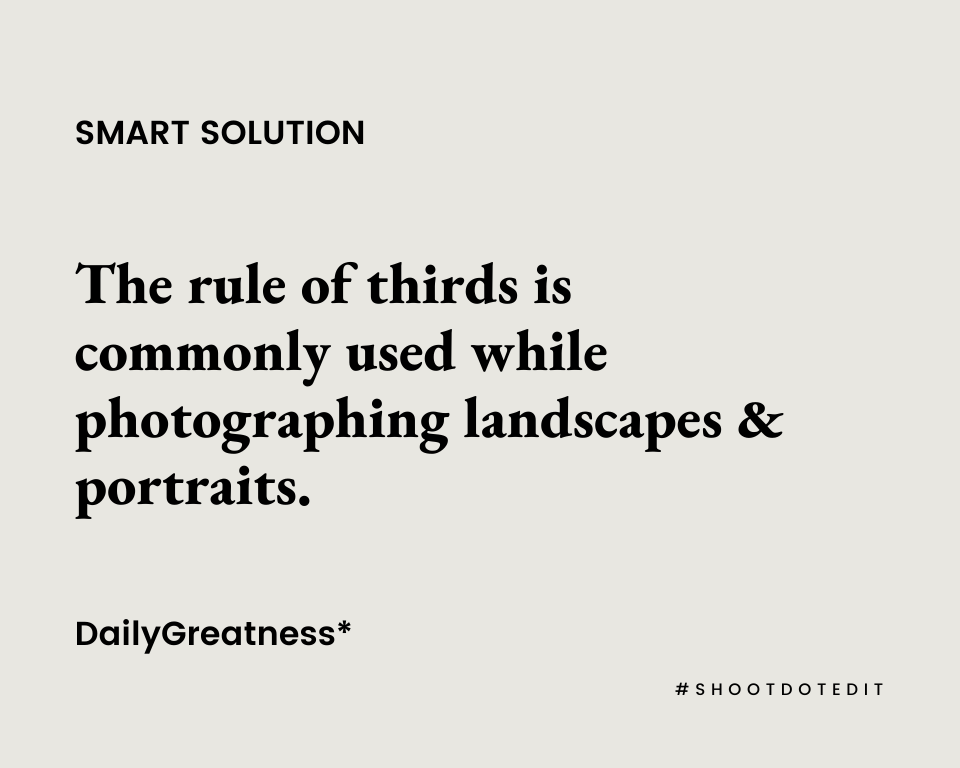
Before we go any further, it is essential to understand the rule of thirds in photography. Like most composition rules, this does not always apply to every scene. But it can be a good place to begin with. As per this rule, the image is composed so that the frame is divided into thirds by imaginary vertical and horizontal lines at the intersection of which the subject is placed.
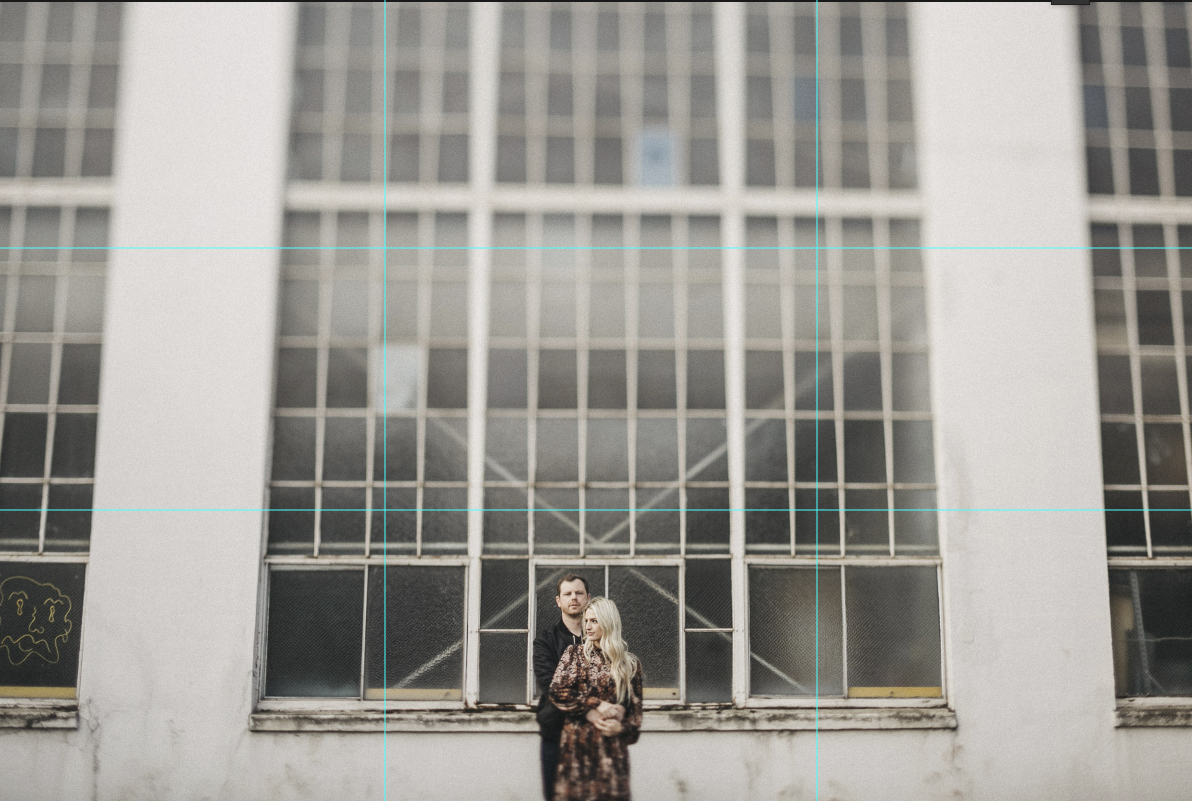
Imagine your scene to be a rectangle and now divide that rectangle into a 3 x 3 grid by drawing two horizontal and two vertical lines. The points where these lines meet are considered strong subject placement zones. You will find that this rule is most frequently used in landscape images and portraiture. However, its usage extends far beyond these two photography types as well.
Suggested Read: How To Shoot In Small And Dark Wedding Venues
Using the Rule of Thirds in Wedding Photography
1. Bring Focus to the Eyes
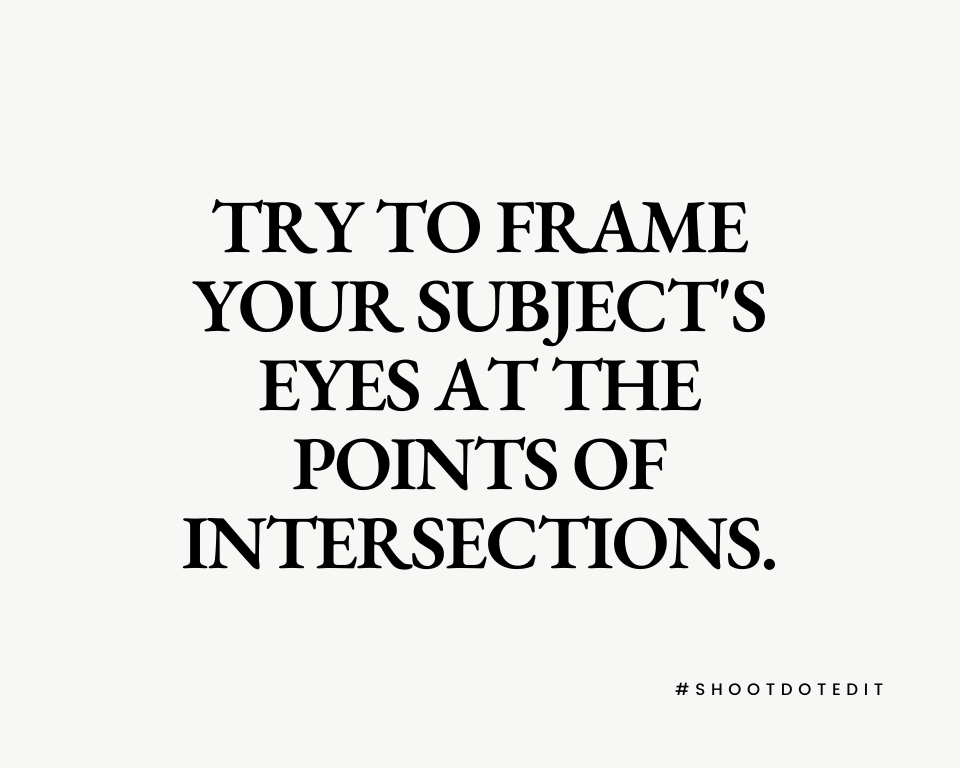
Portraits are an integral part of wedding photos, and focusing on your subject’s eyes can sometimes bring out the best in your imagery. Eyes naturally draw attention to themselves, but it is also important to compose your image in a style that highlights them in the best possible way. This is where the rule of thirds works wonders. For it to really work, try framing your subject’s face so that the eyes are aligned at the points of intersections.
Suggested Read: How To Take Wedding Photos
2. Framing Horizons
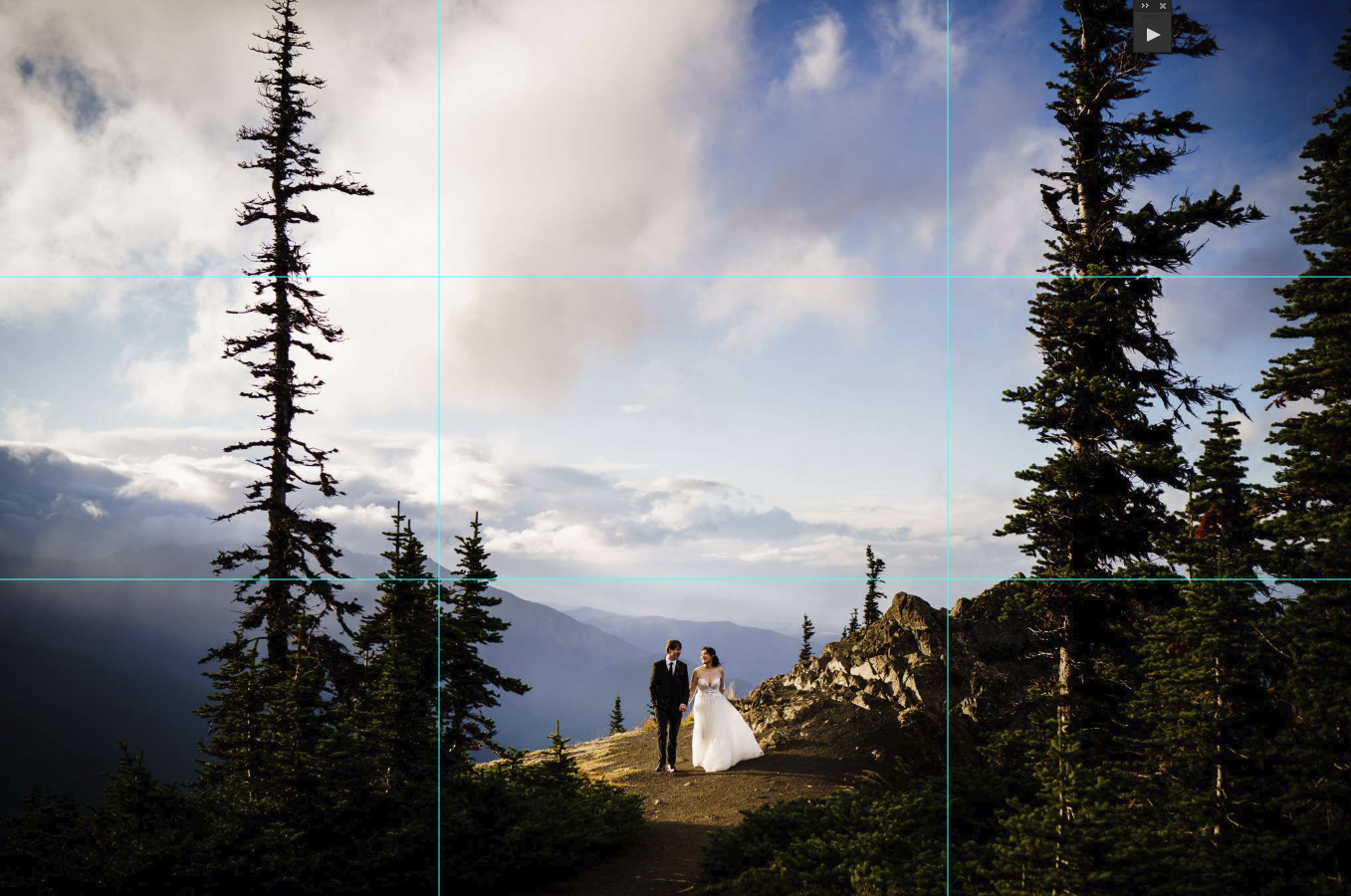
Be it in an adventure engagement session or during the outdoor portraits on the wedding day, how you compose your image can significantly impact its visual appeal. When you have a beautiful landscape as your backdrop – be it the sunset sky, a mountain top, or a beach – one of the tricks to make it work is to balance the horizon. Following the rule of thirds, try framing the horizon on the upper or lower horizontal lines. And if you can’t decide what to do, start by establishing what you want to show more in your image – the ground or the sky.
3. Making Adjustments While Editing
Sometimes, you may not have enough time to carefully and thoughtfully compose your images. Moreover, in wedding photography, you might often find yourself in a rush or cramped in between wedding guests. Moreover, you can hardly recreate a special moment at a wedding, so whether or not it has the most creative composition, you’ve got to capture the moment as it unfolds. But don’t worry! If your composition is not up to the mark, make adjustments when you edit. With photo editing software, you can crop and change the alignment of your subject to suit your needs. If you want to experiment, you could also get creative and try different versions of the same images.
Suggested Read: Fast 5: Our Favorite Tips For Editing In Adobe Lightroom
Don’t Be Afraid to Bend the Rule
Just because the rule of thirds often fits well for most outdoor and wide-angle wedding photos doesn’t mean it always will. Remember, composition rules are there to expand your creative vision, not limit it. So don’t be afraid to bend the rules and experiment with unique perspectives and angles. The art of creating great compositions is a skill honed through practice and trial and error. Moreover, thinking outside the box can sometimes make for the most stunning compositions.
Additionally, it is also important to pay attention to the story behind the image or the message you are trying to convey through it. If applying the rule changes the meaning behind the frame or the key purpose of the scene, then it is better to break this rule than dissolve the essence of the story. To get it right, it helps to see it as a guideline, not a hard and fast rule.
Further Read: Finding Your Photography Style: Develop & Evolve At Your Own Pace
At ShootDotEdit, we want to see you succeed and take your wedding photography business to the next level! Besides wedding photography tips, we also offer professional photo editing services. To learn more about how we can help your wedding photography business, check out our pricing plans.


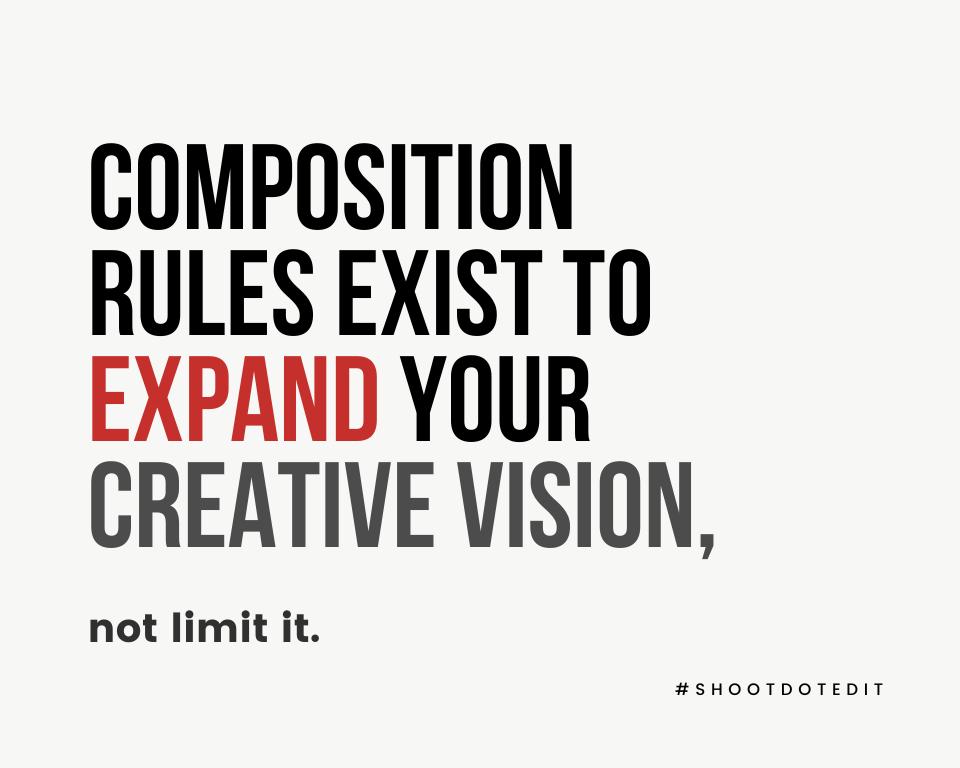
Leave a comment